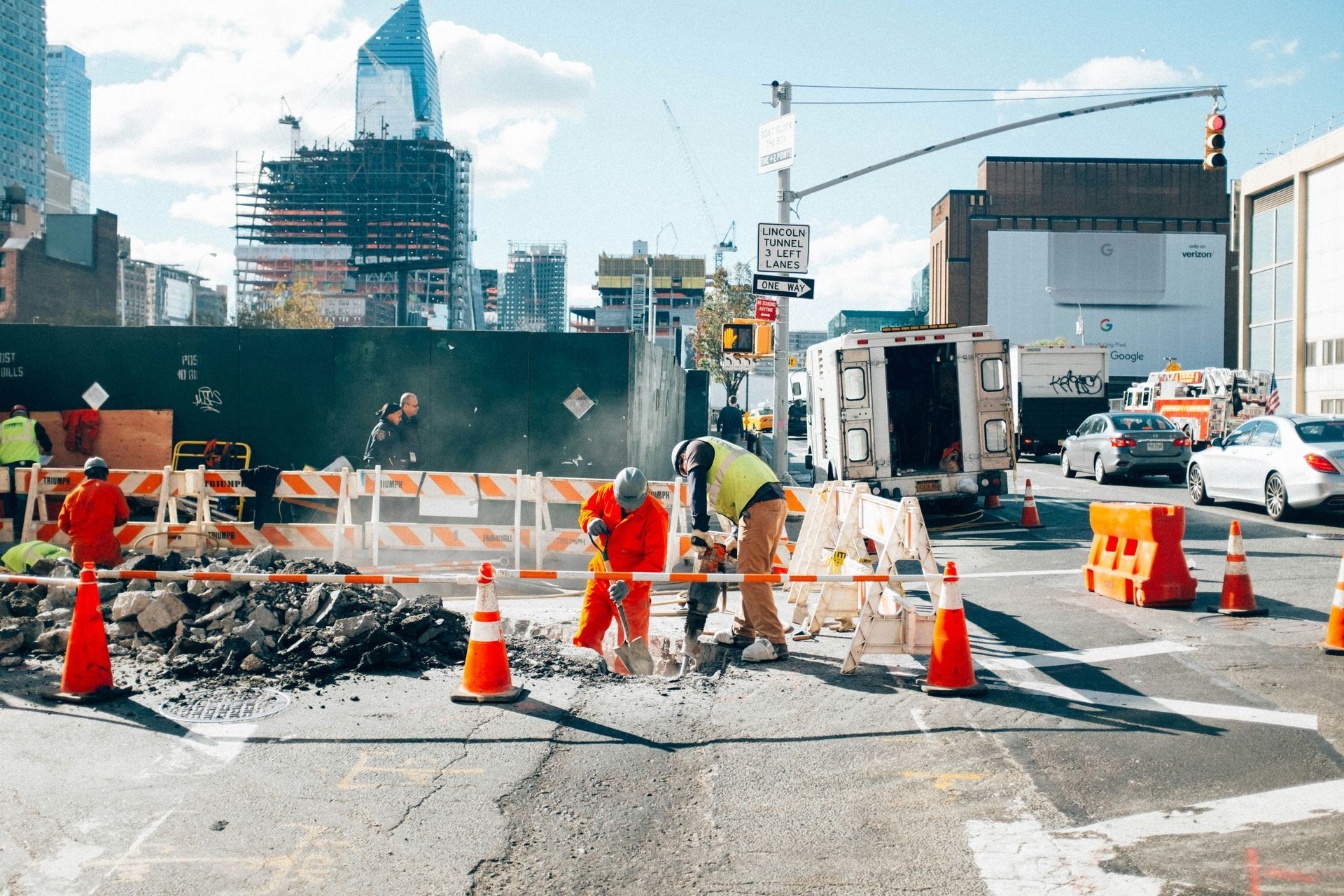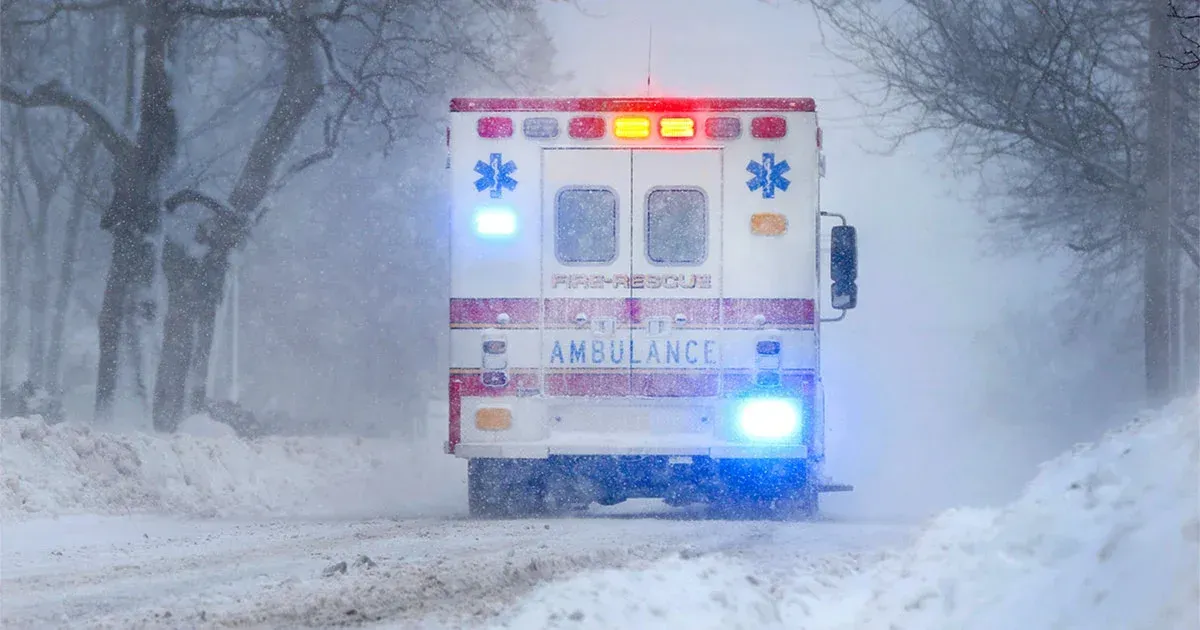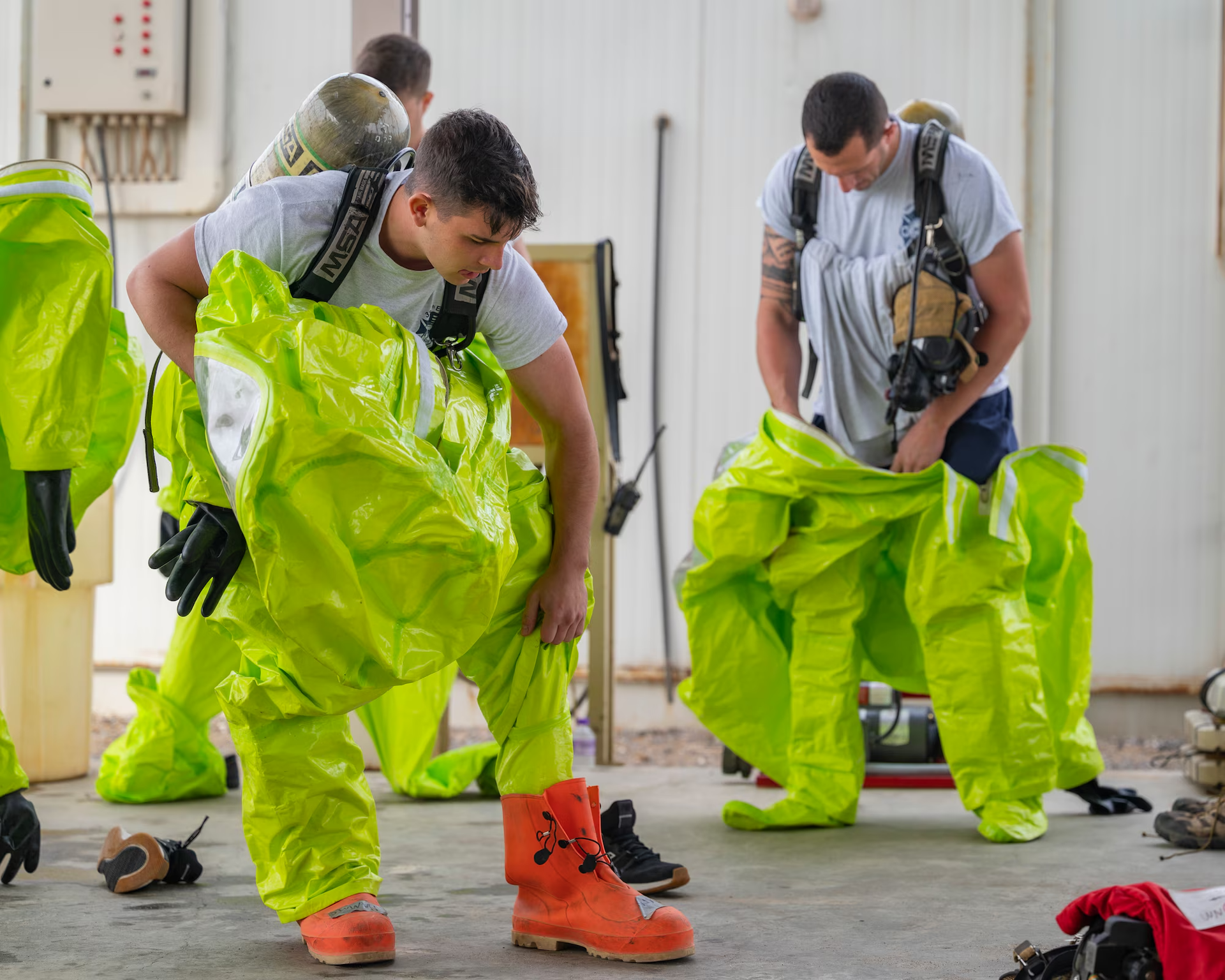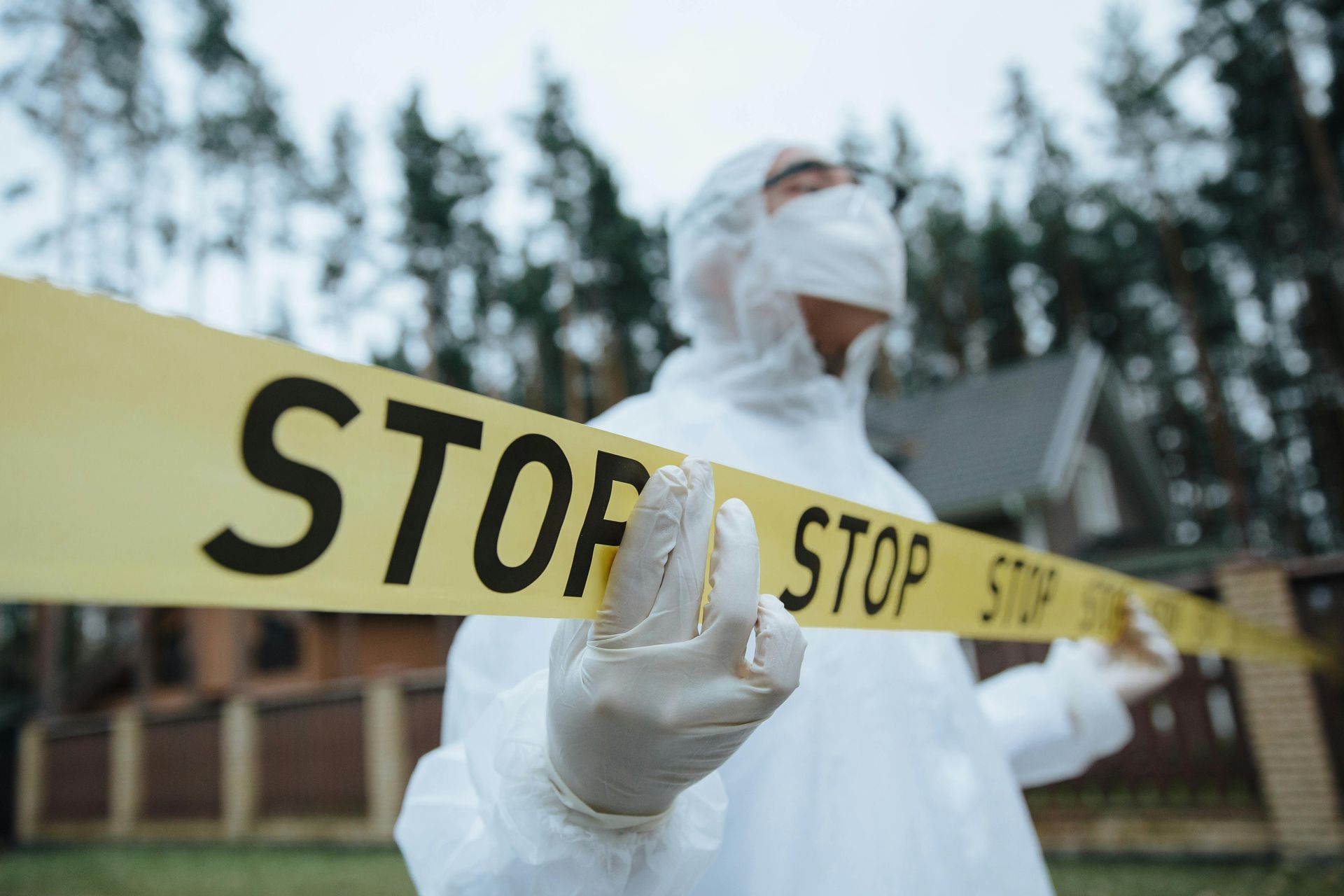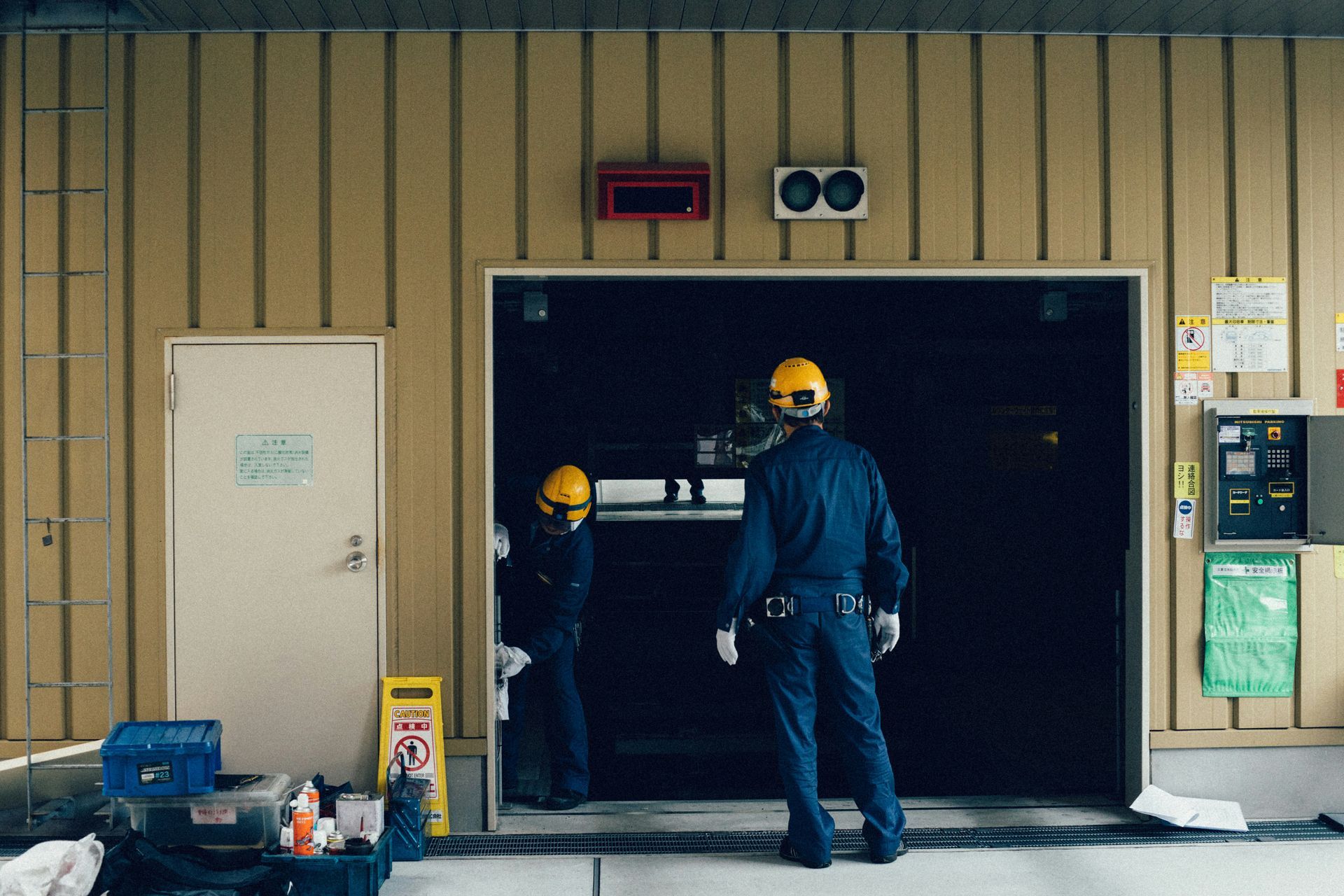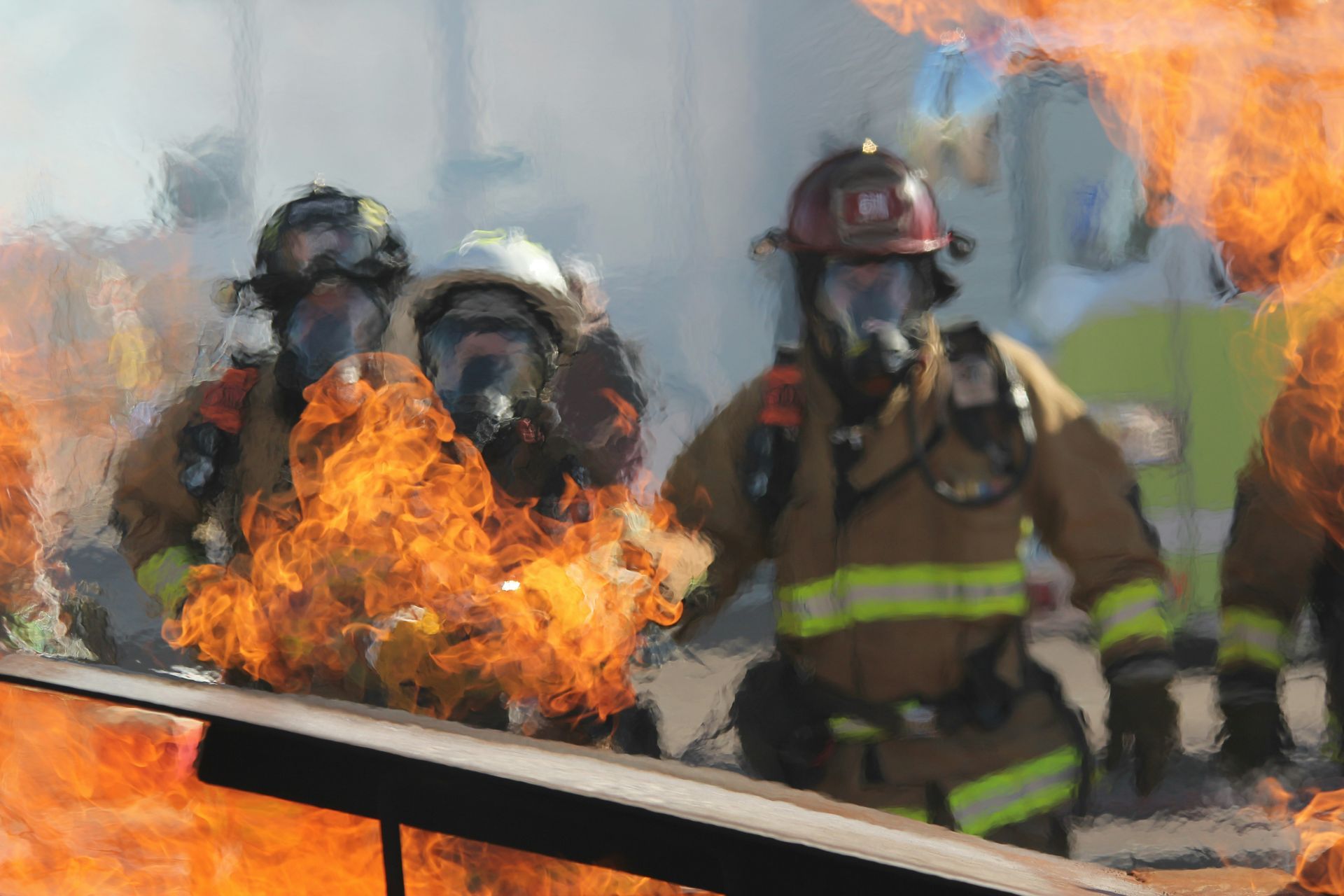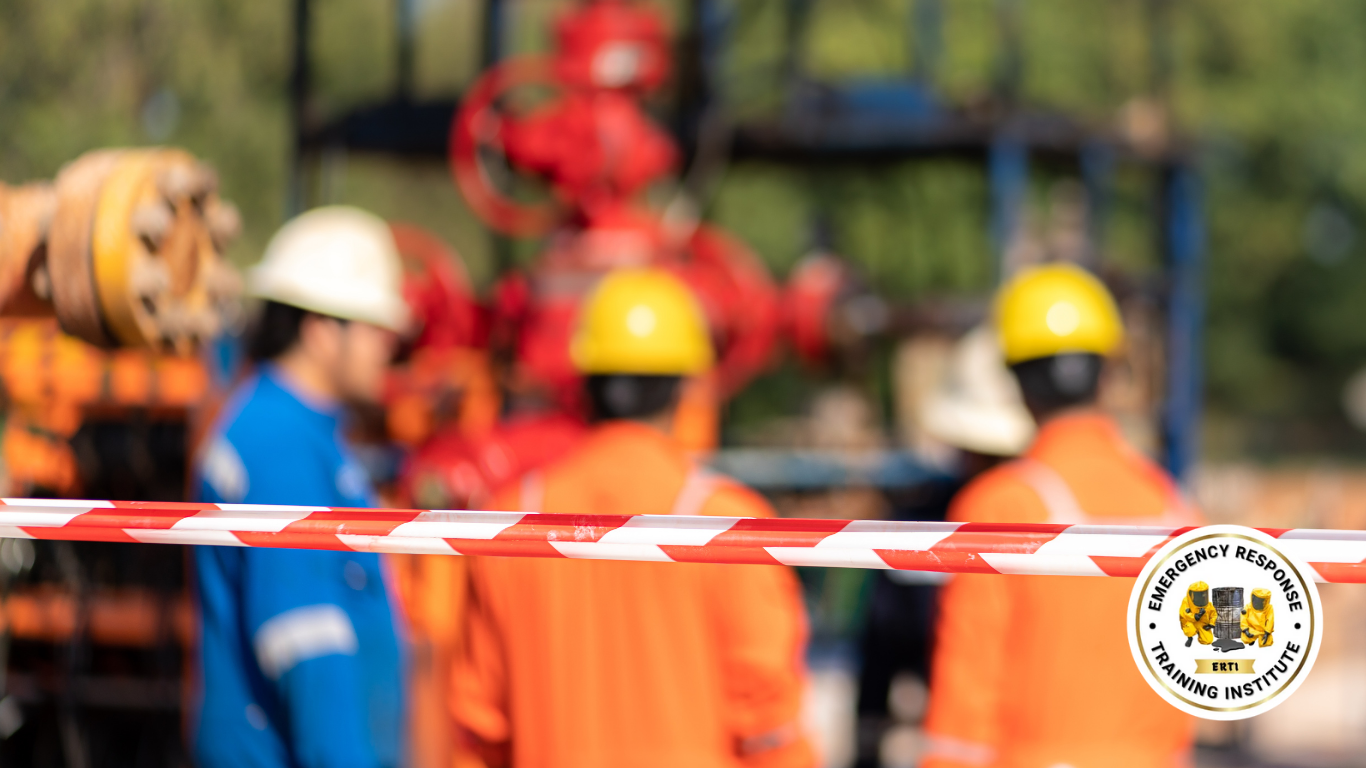The impact of a hazardous waste spill can lead to significant consequences for local wildlife, the environment, and the community.

The impact of a hazardous waste spill can lead to significant consequences for local wildlife, the environment, and the community. The effects of a hazardous waste spill are felt almost immediately and can last for years. It can take a long time for an ecosystem to recover after chemicals and dangerous substances are left to pollute the land and water.
In this blog post, we will explore the impact that a hazardous waste spill has on the local wildlife, how animals struggle to adapt to the altered environment, and what can be done to prevent the dangerous effects of waste spills on wildlife.
The immediate effects of a waste spill on wildlife are devastating. The contaminated water or soil can quickly poison animals in the area, affecting their immune systems, reproductive health, and ultimately causing death. Water sources and food supplies are often impacted, damaging entire populations and their habitats. For example, an oil spill can stick to fur and feathers, reducing the insulation and causing hypothermia. Besides, it increases the likelihood of predation and reduces mobility and feeding abilities in birds and marine species.
Animals that survive the initial shock of the hazardous waste spill face long-term health challenges. When contaminants persist over a prolonged time, exposure can cause developmental, neurological, and endocrine issues. For example, heavy metals can change the sex of some animals or reduce fertility in others, depending on the species, as well as cause damage in the nervous system.
After a hazardous waste spill, the ecosystem will attempt to recover, but it can be challenging. The recovery of an ecosystem involves a delicate balance of interactions between the living and non-living components of the environment. In the case of a hazardous waste spill, the situation is more complex, requiring the removal of pollutants from soil and water, restoration of damaged habitats and, most critically, monitoring of wildlife populations.
Human intervention can reduce the severity of the impact of waste spills on wildlife. For example, creating barriers or deploying booms around the spill area can prevent the contaminated water from spreading further. Similarly, cleaning oil from the fur and feathers of affected animals, also known as triage, can boost survival prospects for the affected individuals. Finally, monitoring the long-term health of animals and their offspring helps to track the effects of the contaminants on them.
When a hazardous waste spill occurs, it not only harms the environment but also significantly affects local wildlife. The damage can be immediate or long-lasting, and some populations may never recover entirely. Human intervention can reduce the damage and help wildlife recover, but the critical process is to prevent such hazards in the first place. Stricter regulations, proper disposal of hazardous materials, and better vigilance can prevent hazardous waste spills and mitigate their impact on local wildlife. We all have a role to play in protecting our environment and preserving the rich biodiversity that we know and love. It's time we take action.
